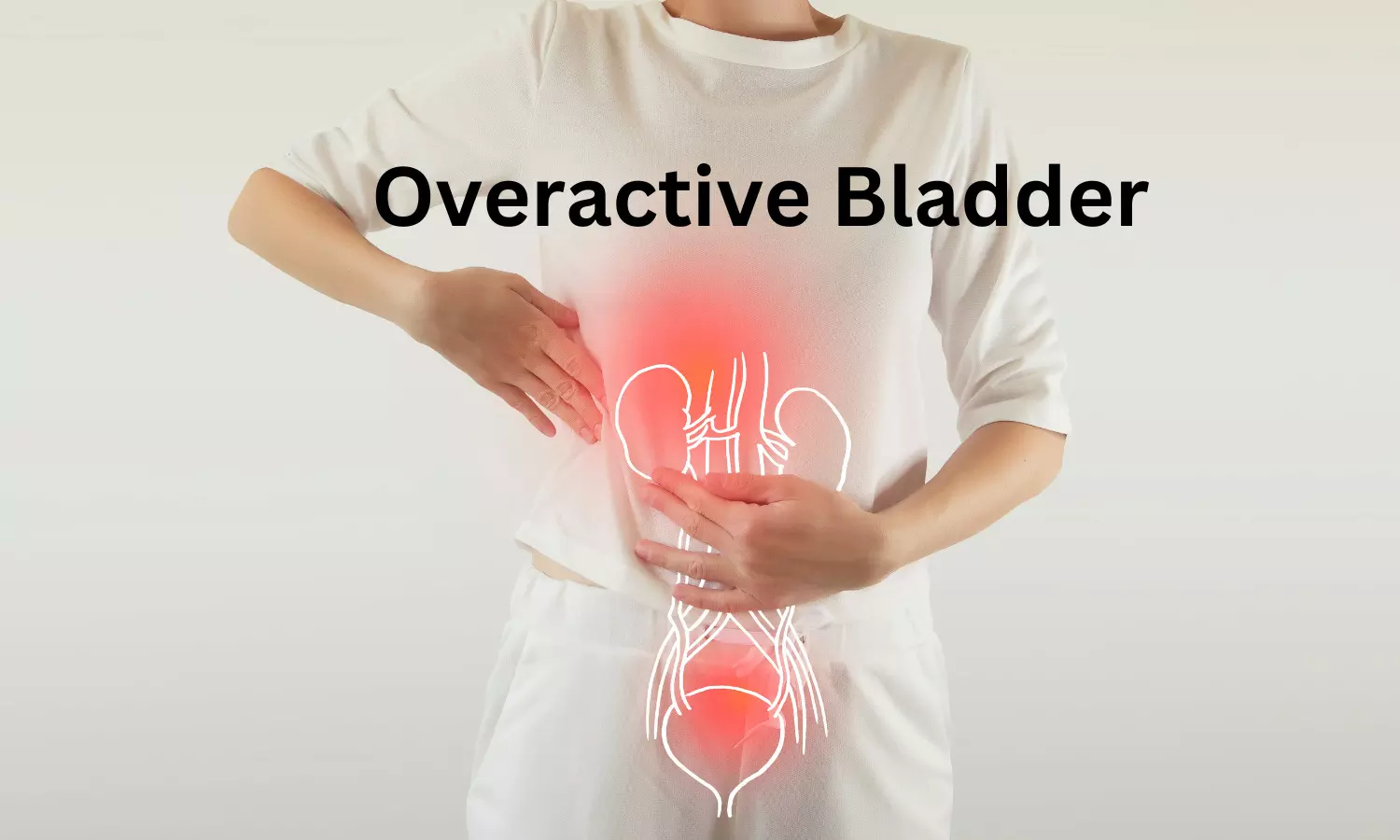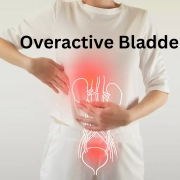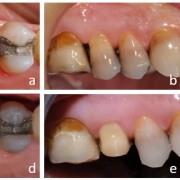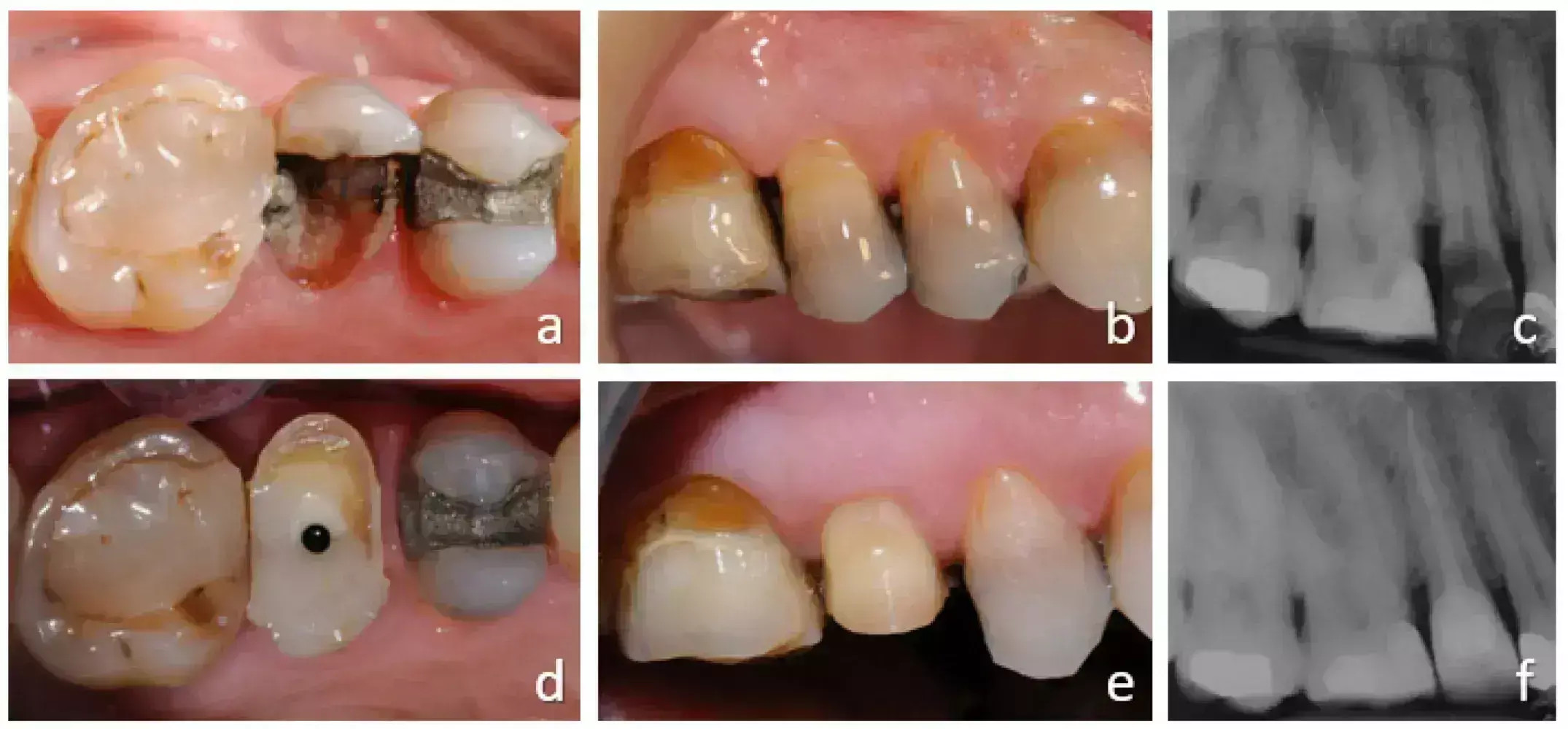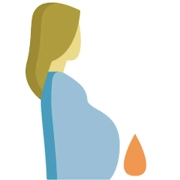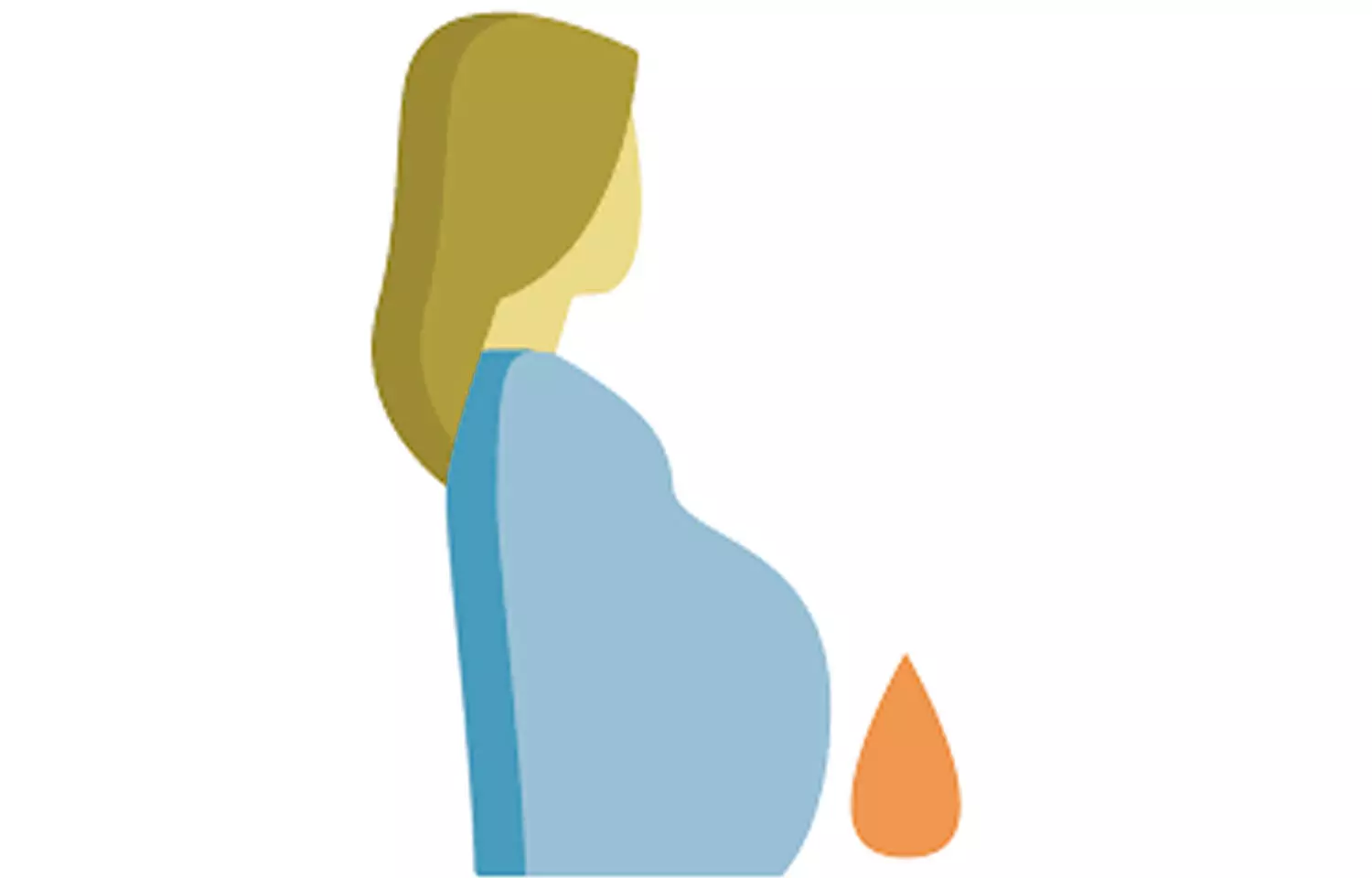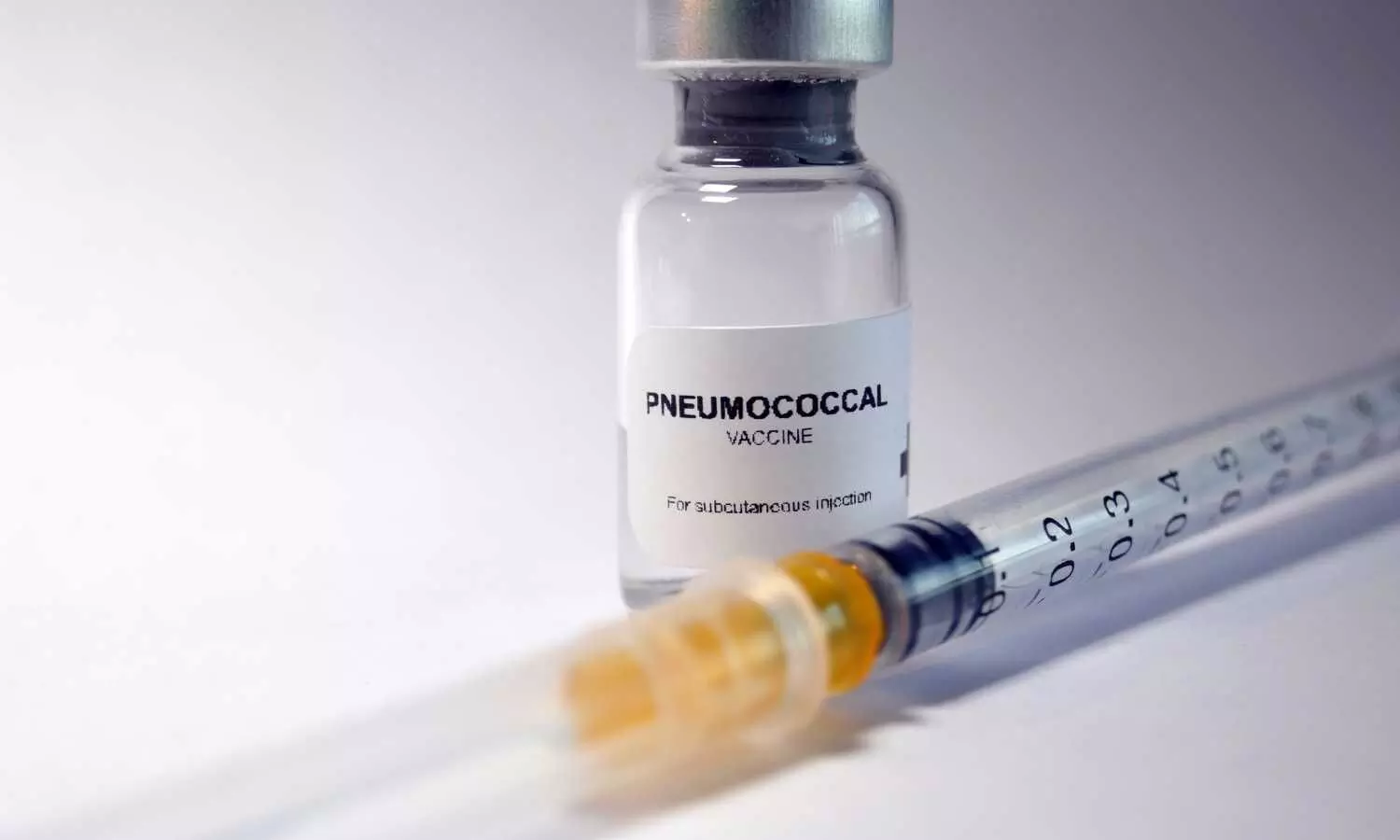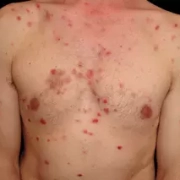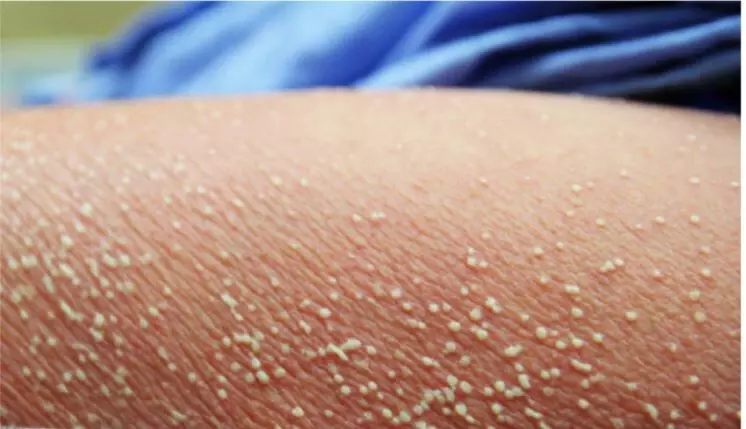
Hyderabad: The State Consumer Disputes Redressal Commission (SCDRC) Telangana recently directed a nursing home and its doctor to pay Rs 43 lakh compensation to the husband and child of a patient, who died while delivering the baby from Post Partum Hemorrhage (PPH).
It was observed by the consumer court that the treating facility and the doctor were not properly equipped despite PPH being an anticipated emergency.
The matter goes back to 2013 when the complainant’s wife was admitted to Taraporewalla Nursing Home, Secunderabad for the delivery of her child and Dr. Taraporewalla attended the patient. The patient delivered a female baby by normal delivery. However, after the delivery, she developed a bleeding problem i.e. Post Partum Hemorrhage (PPH).
Allegedly, the treating doctor assured that the bleeding was minor and informed that a hysterectomy may be needed as a last resort. The complainant accepted this. As per the instruction by the doctor, the Complainant arranged blood but by the time he reached the hospital, he was informed by the doctor that the pulse rate of the patient was very low due to excess bleeding, her condition was serious and there was no chance of recovery. The blood brought by the complainant was not even transfused and the patient was declared dead on the same day.
The complainant alleged that the premature death of his wife occurred only due to a lack of necessary care and skill exhibited by the nursing home and the doctor. It was submitted that even though as per the Antenatal Record, the expected date of delivery was 25.08.2013, the patient was admitted on 10.08.2013 as per the advice of the doctor.
Further, the complainant alleged that the facility was not properly equipped with the necessary infrastructure to meet the emergency and complicated cases and the doctor failed to properly visualize the situation of the patient after the development of PPH and was negligent in not even conducting the grouping of the blood which was routine. Therefore there was a delay in summoning the blood immediately after the development of the PPH.
It was also alleged that the doctor did not shift the patient to any other corporate hospital even though the complainant had informed them that he was capable of bearing the necessary expenditure apart from the reimbursement facility.
Therefore, alleging deficiency in service on the part of the treating doctor and nursing home, the complainants filed the case seeking direction to them to pay Rs 99 lakh as compensation and Rs 50,000 as legal cost.
On the other hand, the nursing home and the doctor claimed that the complainant was not present at the time of delivery and blood was not made available despite requesting blood and the sample being made available to the attendants by 9:30 a.m.
It was also clarified that the patient was not in a condition to be shifted to any other super speciality hospital until and unless she was stabilized. Referring to the Antenatal Card of the patient, they claimed that blood grouping was done many months before the patient’s admission for delivery and the blood group was mentioned to be O+ in the card.
They further informed the Commission that they admitted the patient a few days before the expected date of delivery since the liver function test of the patient done on 27.07.2013 showed alkaline phosphatase with itching all over the body. She was diagnosed as having cholestatic jaundice and started on Actamarin Forte 1 b.d. (ursodeoxycholic acid) and in such a situation, the delivery is to be done at 38 weeks i.e. 15 days prior to expected date of delivery.
The nursing home and the doctor clarified that their facility was fully equipped for obstetric emergencies with cardiac monitors/ defibrillators/central O2/pulse oximeters etc. It was also claimed that the doctor properly visualized the patient’s situation after the development of PPH and initiated all the proper treatment measures immediately without any delay.
It was further stated on their part that complete step-by-step treatment of PPH was done with all possible injections and uterine massage etc. but the patient suffered uncontrolled Catastrophic Postpartum Hemorrhage which is a known risk factor in delivery. Therefore, they submitted that there was no negligence on their part and prayed for the dismissal of the complaint.
Referring to the medical records, the Commission noted that the child was born at 8.58 a.m., at 9.50 a.m. other doctors were informed of the hysterectomy and the BP was 70/100. At 10.34 am the record mentions pulse absent, ECG leads attached, and activity after cardiac massage is seen. Thereafter, the patient was declared dead at 11.45 a.m.
“At 10.34 itself it is stated that “pulse absent”. In this document, there is a complete absence of having asked the patient’s attendants to procure the required blood for transfusion,” the consumer court noted at this outset.
“It is necessary to emphasize that if a patient has no attender then what is the duty of the nursing home/hospital to assist the patient to procure blood from a blood bank. Does no attender mean that treatment will be halted? or blood will not be immediately procured?” questioned the Commission.
The Consumer court observed that the Medical Literature filed by the complainant’s counsel highlighted the factors of prevention and management of Post postpartum haemorrhage. “PPH occurs in women with no risk factor. So Physicians must be prepared to manage this condition at every delivery. Physical examination will suggest the diagnosis, and the etiology of hemorrhage determines the proper management. Hysterectomy should ultimately control hemorrhage. This is certainly within the knowledge and the capacity of the opposite parties but they did not treat the hazard as severe and give it the immediate medical attention,” the Commission observed.
Taking note of the reliance placed by the nursing home and doctor on the 25th Edition of ‘Williams Obstetrics’, the consumer court noted, “When these measures have been emphasized upon, the opposite party failed to mobilize the emergent care and urgent help from Anaesthesia team. Recognition of Obstetrical Hemorrhage severity is crucial to its management. It is also further referred in the literature provided by the opposite parties that in most institutions today whole blood is rarely available , thus most women with obstetrical hemorrhage and on going blood loss are given packed red cells and crysteloids. There is no explanation provided by the opposite parties as to why these measures which have been enunciated in the literature provided vide ‘Williams OBSTETRICS’ were not followed for the management of postpartum hemorrhage.”
SCDRC observed that the main defence by the nursing home and the doctor was that PPH is an uncontrollable catastrophic haemorrhage and cannot be imputed or linked as medical negligence. On the other hand, they also stated that PPH accounts for 60% of maternal deaths. “That being the case, should the opposite parties not be more cautious and alert in expecting complications during delivery?” questioned the consumer court.
The State Commission opined that the protocol to manage postpartum bleeding is surely specified and Nursing Homes dealing in this area of specialty should be equipped to respond faster and more skillfully. It further observed that the failure on the part of the nursing home and the doctor is “very visible” and not having a skilled surgeon has been “a very heavy price to pay, by the complainant”.
“The opposite parties blame the attendants in wasting valuable time to procure the required blood for transfusion. Instead, the opposite party hospital could have been better equipped. When this is an anticipated emergency, a nursing home should have the necessary facility to manage the eventuality instead of blaming the attendants of wasting 35 minutes,” the Commission noted.
“In the absence of timely and appropriate action, the young patient died because of PPH . In the developed world PPH is a largely preventable and manageable condition. It is pertinent to mention that the deceased was not suffering from any complications during her pregnancy. No such negative reference is made,” it further observed.
While the consumer court agreed that the tragic death of the young mother can never be quantified monetarily and the loss of the mother’s love for her child can never be replaced, the Commission took into account several factors such as loss of companionship by the complainant, the earnings of the deceased, and the legal precedence set by the Supreme Court in the case of Sarala Verma case, “for the injustice suffered on account of the opposite parties’ negligence”.
Therefore, the Consumer Court directed the nursing home and doctor to pay the complainants a sum of Rs 43,57,000 with interest and place half of the amount in F.D. in the name of the young child in any Nationalized Bank till she attains majority.
“In the result, complaint is allowed in part directing the opposite parties to pay to the complainants a sum of Rs.43,57,000/- with interest @ 7% p.a. from the date of complaint till the date of realization. We further direct that half of this amount must be placed in F.D. in the name of the young child i.e. complainant no.2 in any Nationalized Bank till she attains majority. The balance of the awarded amount is to be withdrawn by the complainant no.1,” ordered the Consumer Court.
To view the order, click on the link below:
https://medicaldialogues.in/pdf_upload/telangana-scdrc-234972.pdf
Also Read: Vision Loss Due to Undiagnosed Malignancy in Optic Nerve, NCDRC slaps Rs 20 lakh compensation for negligence
